2021 tech trends: 12-speed Dura-ace, flat-bar gravel bikes, brands ignoring aero... and many more of our predictions
Both gradual progressions and radical shifts are on the horizon for 2021
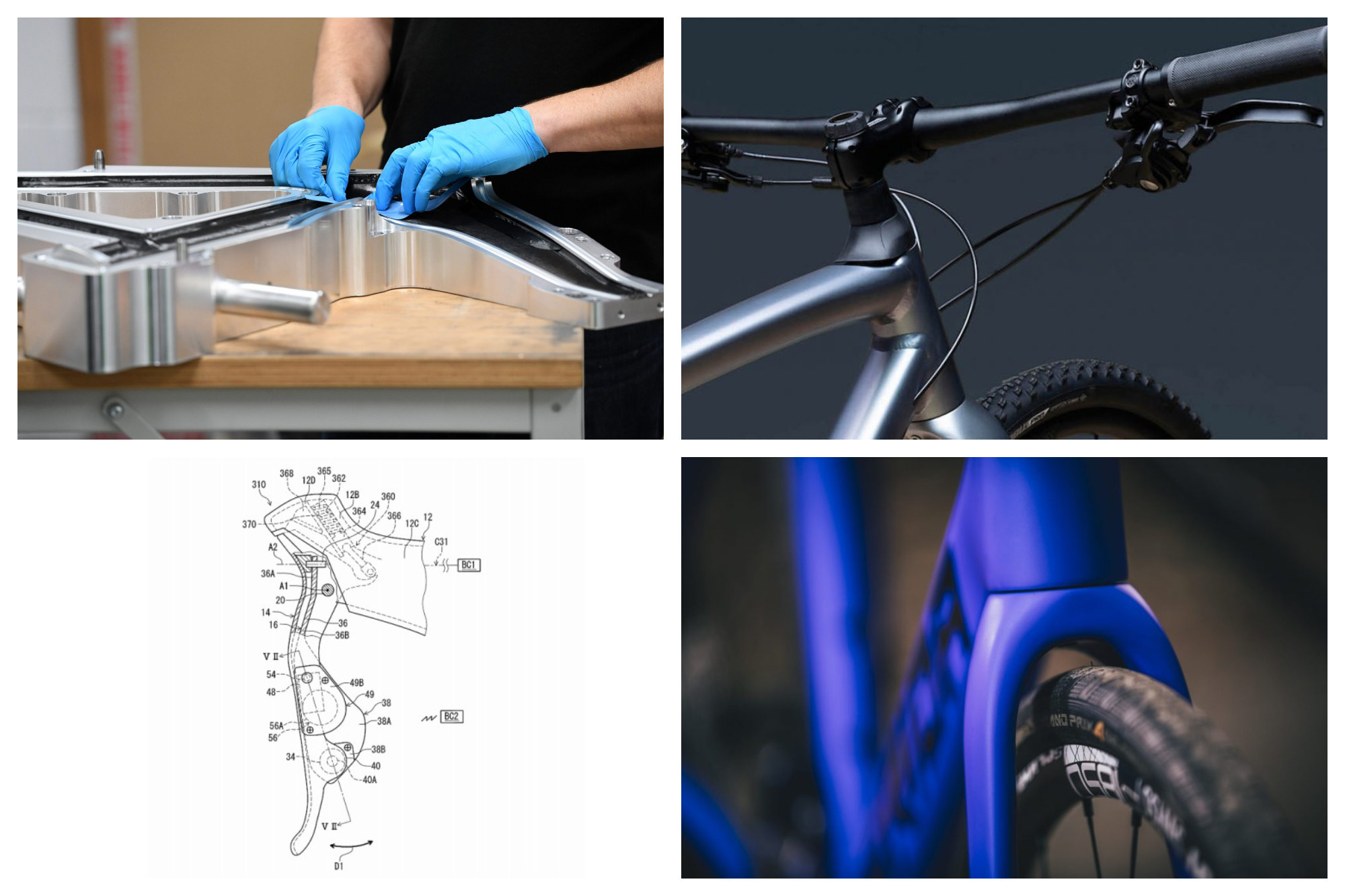

Cycling tech certainly hasn’t stood still this year, with a wide range of new products and developments having been released over the last 12 months despite the lockdowns.
As ever, there has been much of an emphasis on gravel and aero, while cassettes have continued to sprout sprockets. But there have also been some more novel innovations this year, of which Speeco’s reimagining of the handlebar is certainly one.
But what does the future hold as we move into 2021? The tech team at Cycling Weekly have laid the tarot cards and dusted off the crystal ball for a glimpse into what the future might hold.
New 12-speed Shimano Dura-Ace
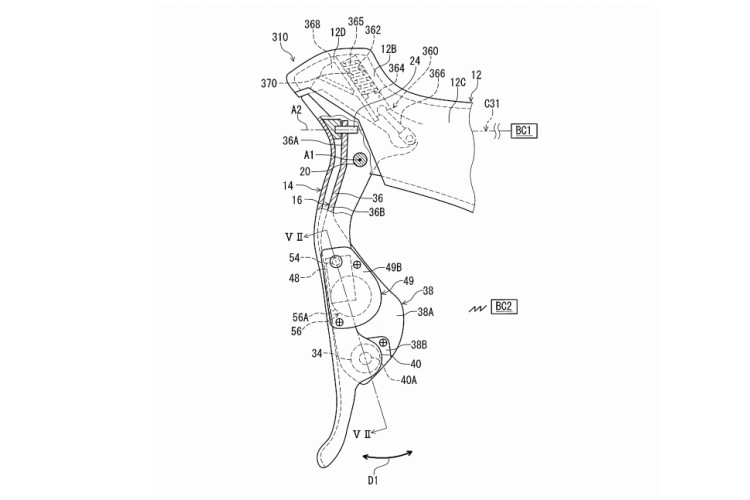
Speculation about the next update to Shimano’s flagship road groupset, Dura-Ace, has been rife ever since its refresh way back in 2016. Having conspicuously missed the usual four-year update cycle in 2020, Shimano’s centenary in March 2021 is a good bet for the launch of the latest iteration.
Piecing together the patents, it looks like the new Dura-Ace is going to feature wireless shifters powered by either a coin cell battery or a piezo-electric component which can generate its own power from the movement of the levers – negating the need for batteries in the shifter at all.
For anyone who’s had experience of dealing with Di2 junction boxes, the move to wireless will be well received. That said, it is still unclear whether the front and rear mechs will house their own batteries or if they’ll be both be connected to a single powerpack (as is currently the case) – so there may still be cables to concern yourself with.
A 12-speed cassette looks to be on the cards – sorry to disappoint those of you who were hoping for a jump straight to 13 or 14. Regarding the tooth count, we’re expecting the smallest to be just 10, with the potential for a 48 tooth bailout sprocket at the other end.
Read more: New Shimano Dura-Ace will be 12 speed, wireless and… batteryless?
Top carbon frames get even more expensive
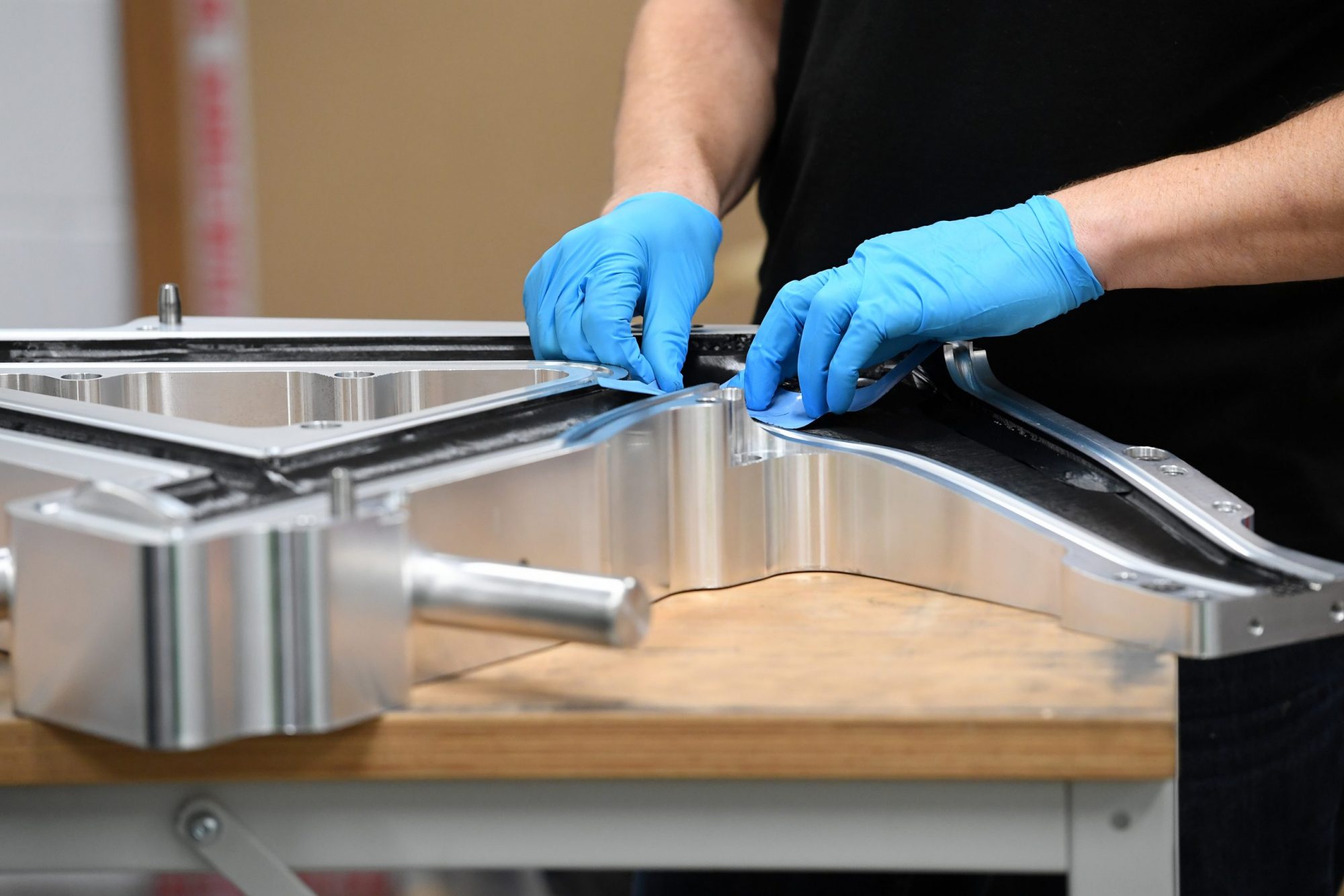
The prices of carbon frames have been shooting skywards recently, with top-of-the-range bikes now easily sailing past the £10,000 mark and some inching past £12,500.
There’s been a range of factors contributing to this. Partly it’s down to the development of better carbon – great for the ultimate in light and strong frames; not so great for the wallet. But fancy carbon is nothing without a skilled layup using only the minimum material necessary. Such precision invariably costs more, as do the CT and X-ray scans used to ensure quality control.
Another reason for the upsurge in cost is supply and demand. It’s no longer the case that bike are built in Asia because it’s cheap; they’re built there because that’s where you’ll find the best factories – which are beginning to raise their prices.
Market forces, combined with the law of diminishing returns, means that we can expect to see top-flite bikes continuing to balloon in price in 2021.
Read more: Why do so many 2021 bikes cost upwards of £10,000?
Aero isn't everything
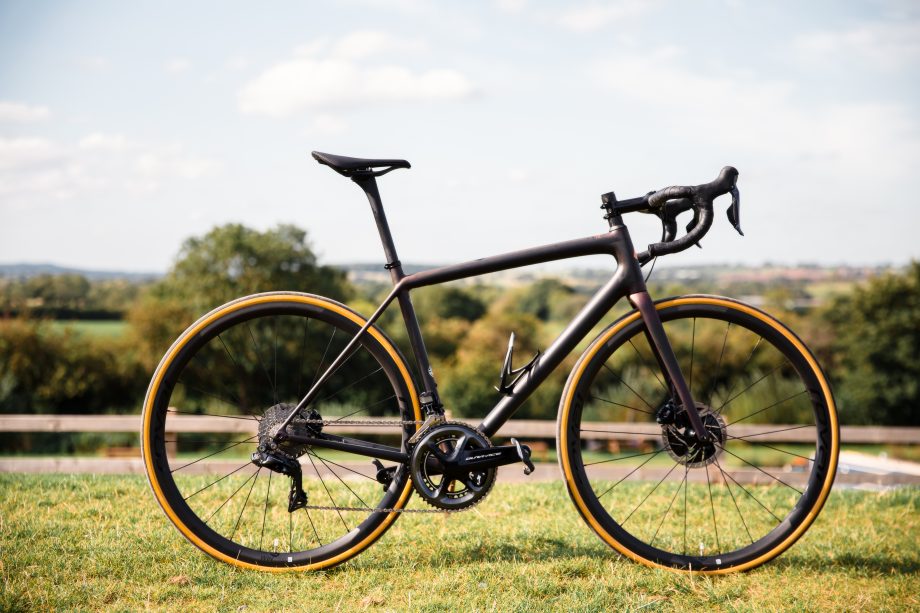
We’ve had it hammered home over the last few years: aero is everything, with lightweight being the preserve of uphill time triallists and the naïve.
But there is just something special about the instant response and playfulness of an ultralight bike. It adds a zest to your ride which simply isn’t quite matched by chugging along at 33 rather than 32kph.
We’re starting to see more bikes designed in antithesis to the relentless drive for more aero. Traditional round tubes take the place of deep section kammtails, the internal routing doesn’t perform any gymnastics around the headset, and the whole focus of the design is centred around the ride feel – rather than a performance that’s quantified in seconds.
The Specialized Aethos (released in the summer of 2020) and the Canyon Ultimate (which was unveiled the year before) are a couple of examples, but we expect in 2021 that more brands will start producing bikes with the priority of a sprightly ride rather than chasing absolute speed.
Read more: Specialized Aethos: lightest ever disc brake production frame and unrivaled ride quality
Rims go wider and hookless
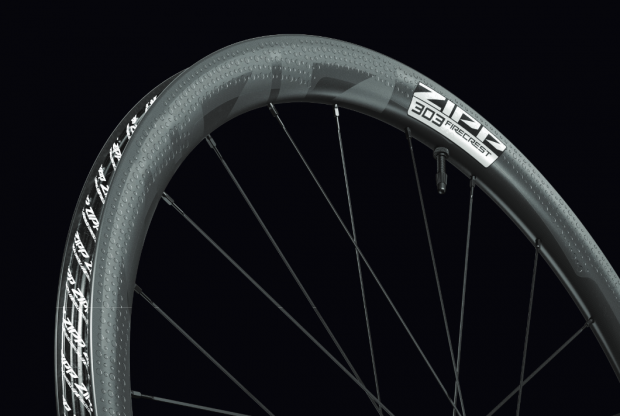
Rims, unchanged for so long, are undergoing something of a metamorphosis. Freed from the confines of the brake caliper by the dawn of disc brakes, rim designers have had more opportunity to innovate the design.
We’ve seen internal rim widths increase, providing better sidewall support for wider tyres at lower pressures. But this has also been coupled with much wider external rim measurements, intended to provide a smoother transition between the tyre and the rim—making for less turbulent airflow and even better aerodynamics.
What might come as a surprise, is that many of these enlarged rims don’t feature a weight penalty – and some are even lighter than the models they replace. This has been thanks to the hookless rim technology that has come to the drop-bar world from the automotive industry, with mountain bikers mediating the migration.
Hookless rims are only compatible with the beefy beads of a tubeless tyre, but as the technology allows far less material to be used in the rim, the total system weight still tends to be lower.
We predict more brands are going to be increasing the widths of their rims and jumping onto the hookless bandwagon in the coming year.
Read more: What are hookless rims and do you need them?
All-road everything
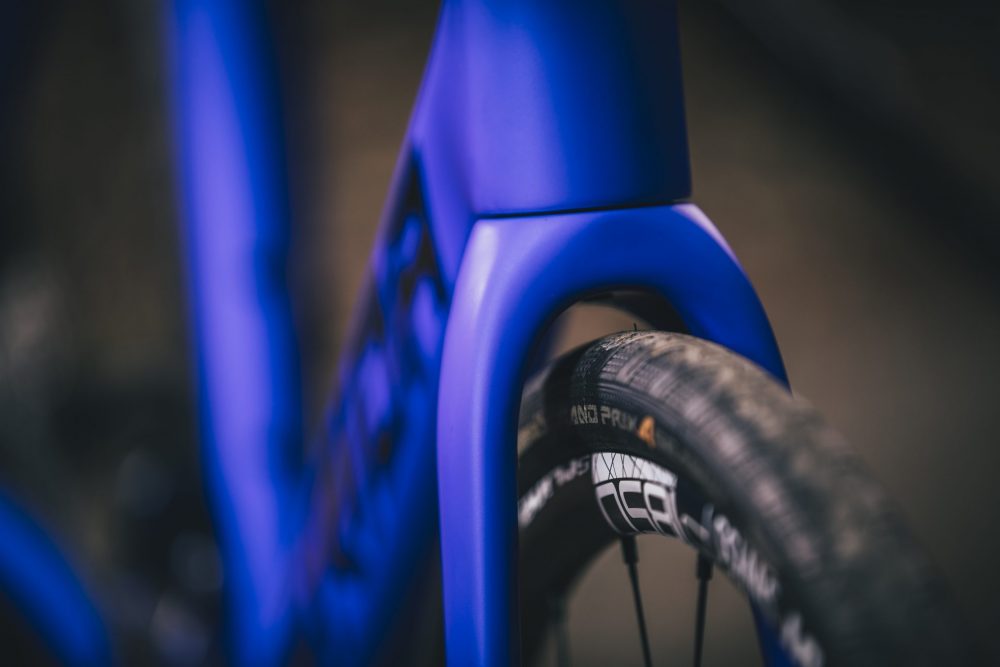
Rather than a strict delineation between road and gravel, we’re seeing something of an elision, more of a spectrum than binary. Versatility is becoming the watchword – and a welcome one for anyone experiencing anxiety about a rapidly expanding stable of bikes.
Products that can mix it up both on- and off-road will become far more widespread. We’re going to see A greater number of wheels that are lightweight and aero enough to be fun on the road but are still sturdy and strong enough to take the odd rock strike when clattering down a bridleway.
We predict there'll be more frames with enough clearance to fit plump tyres and mudguards for winter road riding – as well as full-fat rubber for gravel excursions in the summer. Frames which balance their geometry for comfort, speed and control, opening up the widest range of riding options with a single product.
Read more: The Merida Scultura Endurance closes the gap between road and off-road
Flat-bar gravel
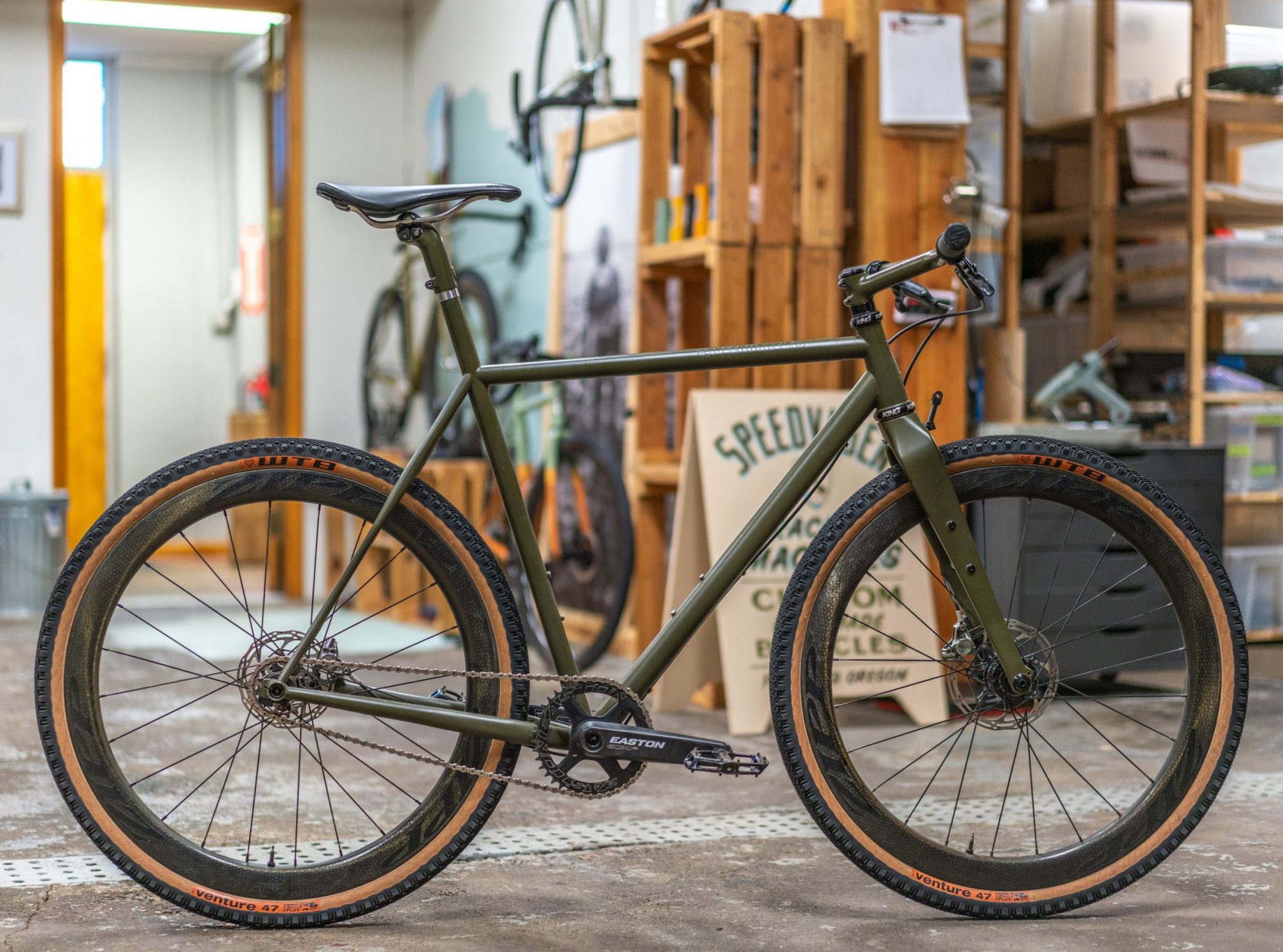
Those who long said that gravel bikes are simply old-school mountain bikes will either be smug or dismayed at the latest development: Yes, flat-bar gravel is becoming a thing.
It’s easy to be cynical, but don’t knock it till you try it – this new genre bears a lot of promise. For one, without any hoods to get in the way, a far bigger bar bag can be accommodated – and the additional steering leverage helps to keep all this under control.
A flat bar also opens up the use of mountain bike gearing, giving the option of some ultra-low ratios – ideal for winching your way fully loaded up off-road climbs.
By keeping the geometry steeper than that of a traditional mountain bike, combined with the mechanical simplicity of staying fully rigid, you’ll be able to cover ground more efficiently on a flat-bar gravel rig than you would on a mountain bike.
Whether this is the answer to your deepest desires, or a nightmare come true, flat-bar gravel is going to be a fact of 2021.
Read more: Why gravel bikes with flat handlebars absolutely make perfect sense
Narrower cockpits/flared bars
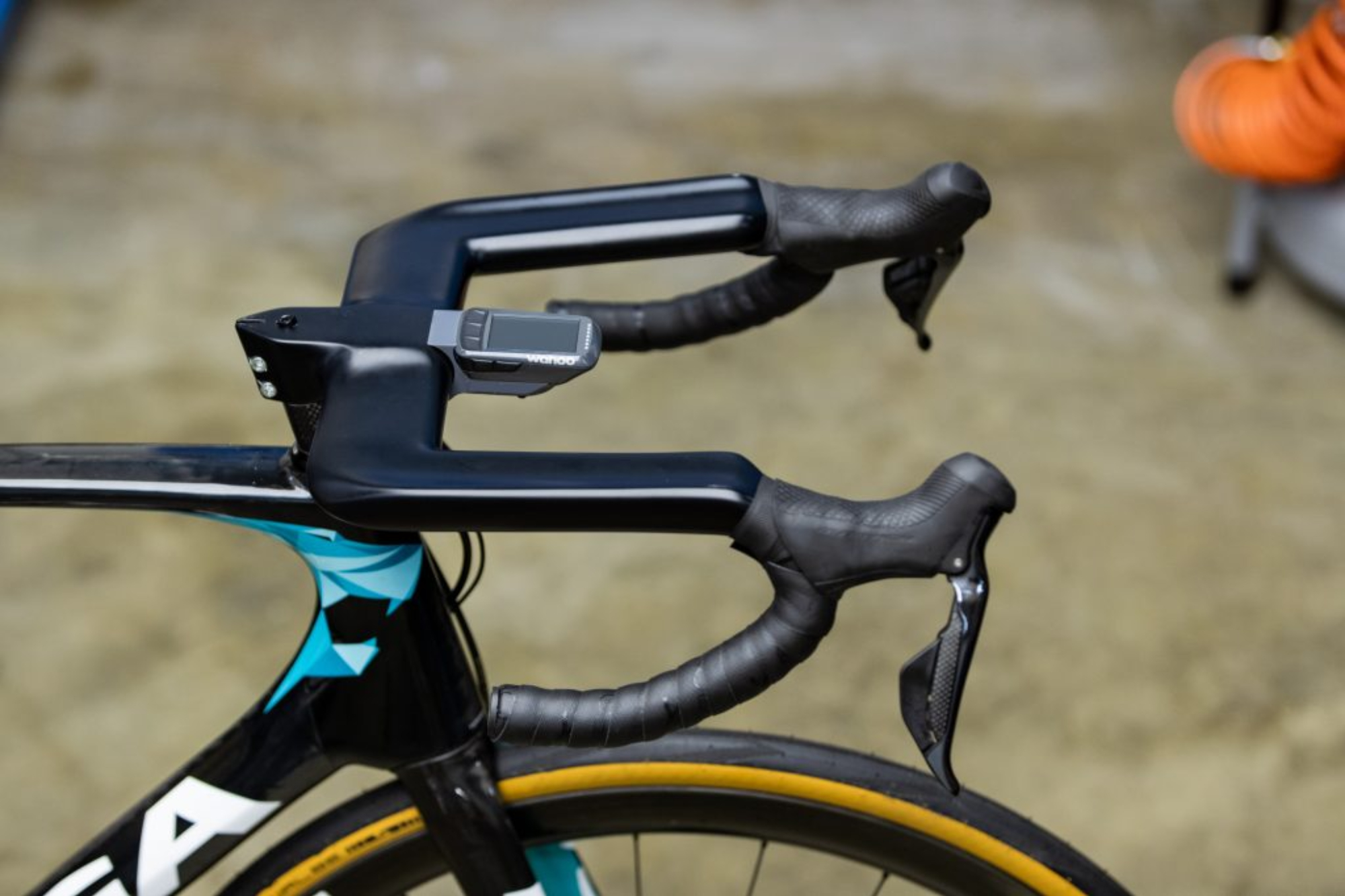
In the arms race for an aero advantage, we’ve long seen riders of the pro peloton assuming a variety of precarious and uncomfortable positions to try and gain an edge.
From pedalling on the top tube, to imaginary aero bars or tilting their lever hoods as far in as they’ll go, the pros have been doing all sorts of workarounds to try and optimise their ability to slip through the air.
We predict that next year we’ll see a greater number of manufacturers catering for more aerodynamically optimised positions, stopping the need for riders contorting themselves around traditional and obsolete components.
Narrower handlebars are something that we are starting to see more of, but very few manufacturers are even producing a 34cm – let alone a 30cm wide bar. We expect this to change. Some might even go down the more avant-garde route of Speeco (pictured above) with their integrated arm rest and flared drops.

Thank you for reading 20 articles this month* Join now for unlimited access
Enjoy your first month for just £1 / $1 / €1
*Read 5 free articles per month without a subscription

Join now for unlimited access
Try first month for just £1 / $1 / €1
Get The Leadout Newsletter
The latest race content, interviews, features, reviews and expert buying guides, direct to your inbox!

After winning the 2019 National Single-Speed Cross-Country Mountain Biking Championships and claiming the plushie unicorn (true story), Stefan swapped the flat-bars for drop-bars and has never looked back.
Since then, he’s earnt his 2ⁿᵈ cat racing licence in his first season racing as a third, completed the South Downs Double in under 20 hours and Everested in under 12.
But his favourite rides are multiday bikepacking trips, with all the huge amount of cycling tech and long days spent exploring new roads and trails - as well as histories and cultures. Most recently, he’s spent two weeks riding from Budapest into the mountains of Slovakia.
Height: 177cm
Weight: 67–69kg
-
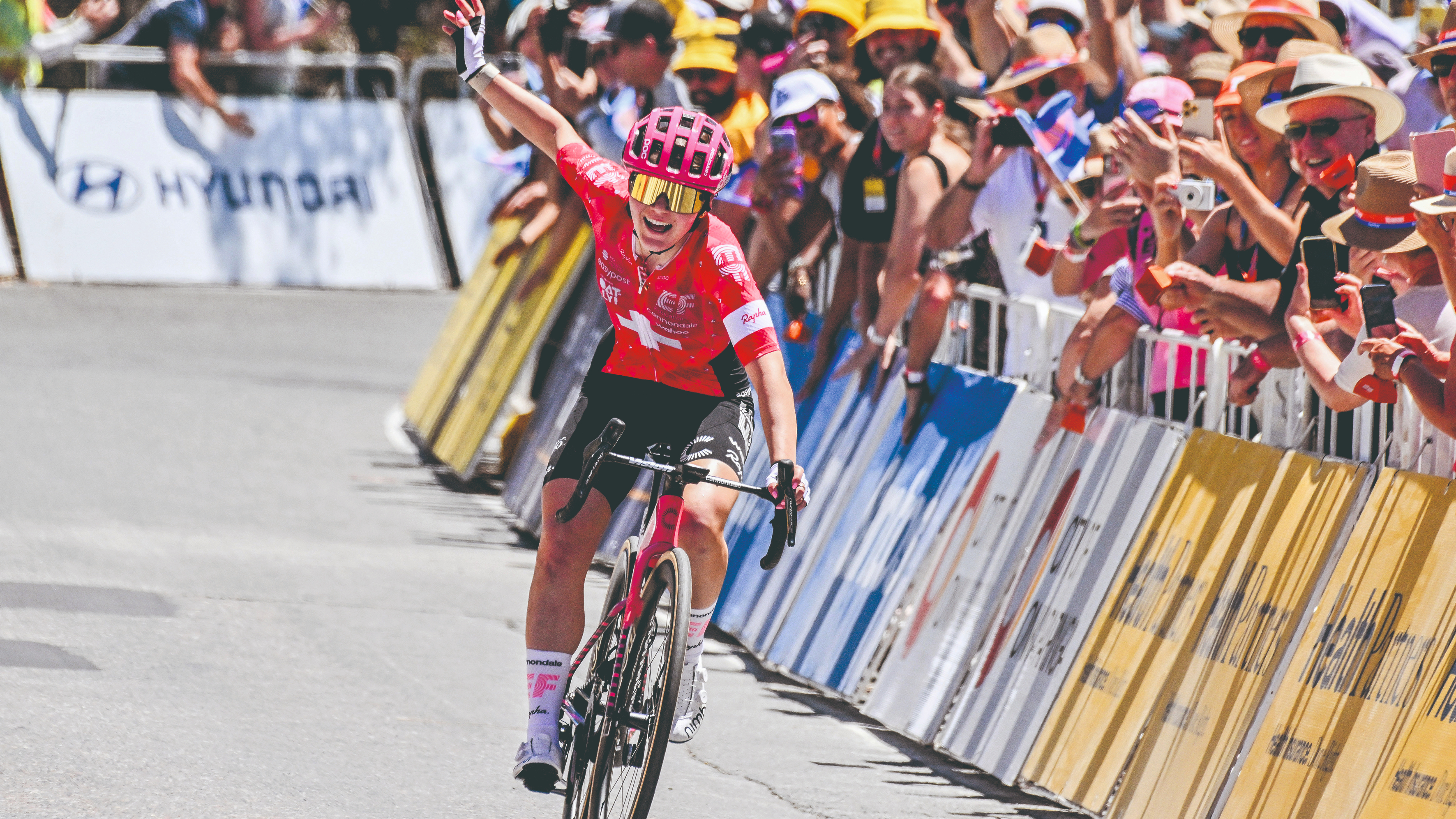 How do the pros train? Noemi Rüegg's 26 hour training week
How do the pros train? Noemi Rüegg's 26 hour training weekWinner of this year’s Tour Down Under, the EF Education-Oatly rider is a climber whose talent is taking her to the top
By Chris Marshall-Bell
-
 Save £42 on the same tyres that Mathieu Van de Poel won Paris-Roubaix on, this Easter weekend
Save £42 on the same tyres that Mathieu Van de Poel won Paris-Roubaix on, this Easter weekendDeals Its rare that Pirelli P-Zero Race TLR RS can be found on sale, and certainly not with a whopping 25% discount, grab a pair this weekend before they go...
By Matt Ischt-Barnard